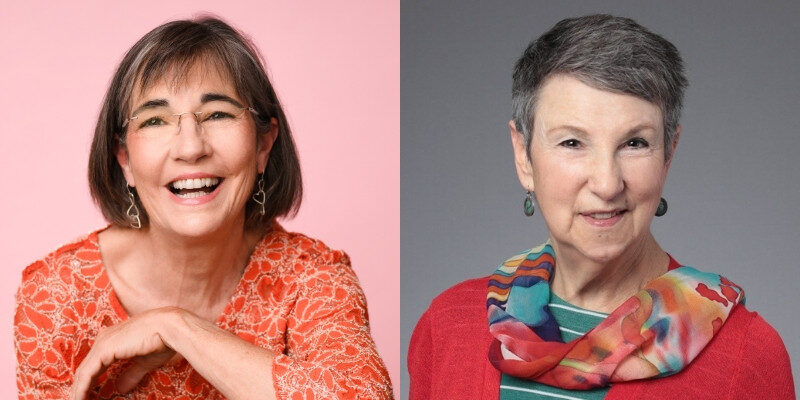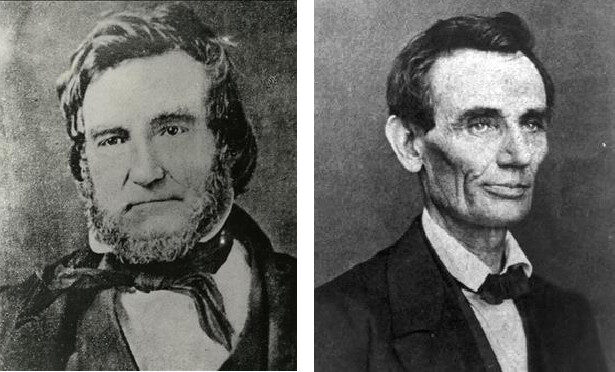A new, updated coronavirus vaccine is now available. In August, the U.S. Food and Drug Administration (FDA) approved and granted emergency use authorization for updated mRNA COVID-19 vaccines. The vaccines come from makers such as Pfizer and Moderna. The new 2024-25 formula includes a monovalent (single) component designed to prevent severe illness from the recent Omicron variant KP.2 strain.
Dr. Stuart Cohen, who is the chief of infectious diseases at UC Davis Health, Sacramento, said SARS-CoV-2, the virus that causes COVID, continues to mutate. According to the Centers for Disease Control and Prevention (CDC), the variant called KP.2 is the predominant strain of the virus circulating now. It’s a strain related to those known as the FLiRT variants. “So, the new vaccines will be targeting a different strain of the virus than last year’s vaccine. The mRNA vaccines will target the KP.2 strain, which was dominant in the spring,” said Dr. Cohen. “The protein vaccine (Novavax) will target the JN.1 strain. All three vaccines will be active against the current variants.”
Dr. Dean Blumberg, an infectious disease expert at UC Davis Health, said the strains currently circulating are different from the original strain. “They’re pretty far apart evolutionarily. The updated vaccine is a much better match for the currently circulating variant. That match is about 80%. We expect it to be much more effective,” said Dr. Blumberg. “Even if you had COVID before or received COVID vaccines, the immunity wanes over time and the virus mutates.”
Dr Cohen said the CDC recommends all adults receive an updated 2024-25 COVID-19 vaccine. The new vaccine will help protect against the potentially serious outcomes of COVID-19 this fall and winter. This is regardless of whether they have ever previously been vaccinated with a COVID-19 vaccine. “It is important to understand that even though the disease has become less severe, people who receive vaccines have a milder illness and a lower risk for long COVID than those who have not been vaccinated,” said Dr. Cohen.
Both COVID and influenza can be serious diseases, leading to hospitalization, long-term symptoms and even death. Even though these vaccines do not fully prevent people from getting infected, they do decrease the risk that those infections will cause severe outcomes. “ In 2023, more than 916,300 people were hospitalized due to COVID-19 and more than 75,500 people died from COVID-19. During the 2023-24 flu season, more than 44,900 people are estimated to have died from flu complications,” said Dr. Cohen.
You can get the influenza vaccine and COVID vaccine at the same time. You can also get your COVID vaccine at the same time as you’re getting your vaccine for RSV (respiratory syncytial virus). The RSV vaccines are recommended for those who are older and certain younger groups who are at more risk of severe disease. “Everyone has COVID fatigue, but being smart about taking the right precautions will help determine whether someone will get severe disease. The vaccines have been proven safe and effective,” said Dr. Cohen.
The U.S. The Department of Health and Human Services (HHS) has launched a new campaign to inform the public about common respiratory viruses and available vaccines. The campaign is called Risk Less. Do More. It aims to increase awareness of vaccines that reduce serious illness from flu, COVID-19, and RSV in high-risk populations and to limit the spread of these viruses among all Americans.
Flu, COVID-19, and RSV continue to take a heavy toll across the United States. During a 6-month period last fall and winter, these infections caused 800,000 hospitalizations. Without immunization, the risk of serious illness remains highest in certain populations, including adults ages 65 and older, residents of long-term care facilities, pregnant women, and those living in rural areas. Some racial and ethnic groups, including Black and Hispanic populations, are also at higher risk.
COVID Nasal Spray Vaccine Showing Promise
A team of researchers in Texas at the University of Houston has discovered two new ways of preventing and treating respiratory viruses. In back-to-back papers in the journal Nature Communications, the team reports the development and validation of NanoSTING. It is a nasal spray that has a broad-spectrum immune activator for controlling infection against multiple respiratory viruses.
NanoSTING-SN is a pan-coronavirus nasal vaccine that can protect against infection and disease by all members of the coronavirus family. NanoSTING is a special formula that uses tiny fat droplets to deliver an immune-boosting ingredient called cGAMP. This formula helps the body’s cells stay on high alert to prevent attack from respiratory viruses.
Using multiple models, the team demonstrated that a single treatment with NanoSTING not only protects against pathogenic strains of SARS-CoV-2, but also prevents transmission of highly transmissible variants like the Omicron variants, according to the researchers.
As the recent COVID-19 pandemic illustrated, the development of off-the-shelf treatments that counteract respiratory viruses is a largely unsolved problem with a huge impact on human lives. “Our results showed that intranasal delivery of NanoSTING is capable of eliciting beneficial type I and type III interferon responses that are associated with immune protection and antiviral benefit,” said study investigator Ankita Leekha with the University of Houston.
The team showed that NanoSTING can protect against both Tamiflu sensitive and resistant strains of influenza, underscoring its potential as a broad-spectrum therapeutic. “The ability to activate the innate immune system presents an attractive route to armoring humans against multiple respiratory viruses, viral variants and also minimizing transmission to vulnerable people,” said Leekha. “The advantage of NanoSTING is that only one dose is required unlike the antivirals like Tamiflu that require 10 doses.”
John Schieszer is an award-winning national journalist and radio and podcast broadcaster of The Medical Minute. He can be reached at medicalminutes@gmail.com.

















